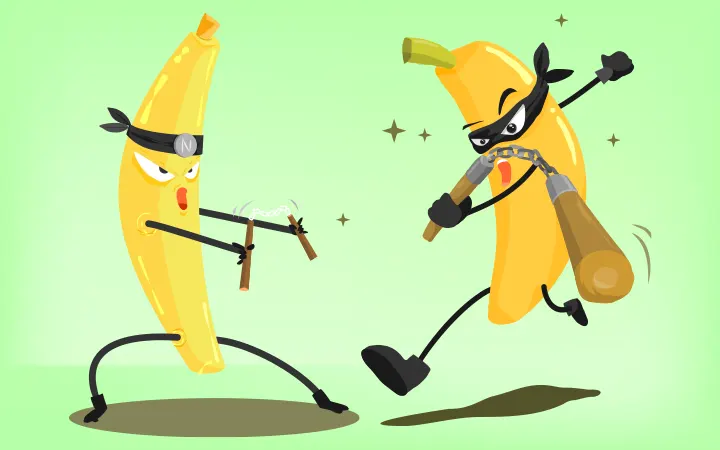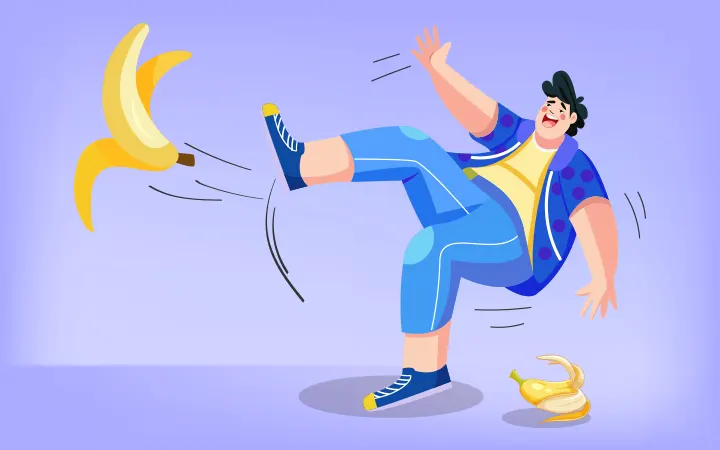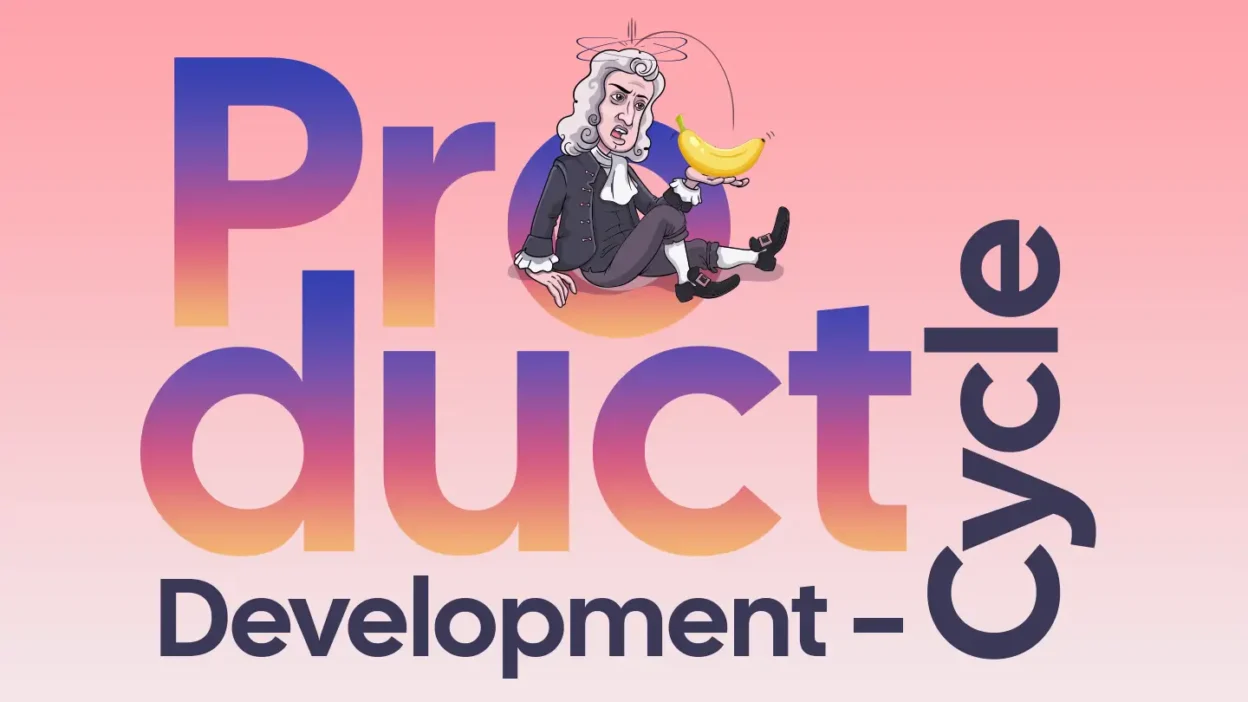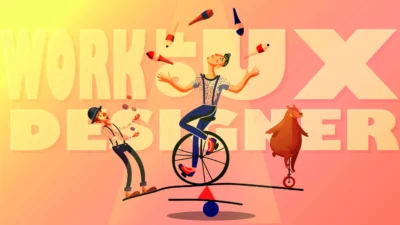Have you ever wondered how a new app or product is made? It doesn’t just appear out of nowhere—there’s a clear roadmap that takes an idea from a simple concept to a real, working product. This journey involves several key stages, each helping to shape and refine the product until it’s ready for the world to use.
It usually has five main phases:
Phase 1:Brainstorming or coming up with ideas
Phase 2:Defining what the product should be
Phase 3:Designing how it looks and works
Phase 4:Testing to make sure everything works well
Phase 5: Launching it for people to use
By following these steps, we move from just an idea to a finished product ready for the real world.
Phase 1: Brainstorming or coming up with ideas

The first step in the product development journey is brainstorming—this is when the team comes together to think of ideas for a new product. Sometimes, the team already knows what problem they want to solve. Other times, they start by making a list of common problems that people (users) face and pick one to focus on.
It really helps to have a diverse team during this stage. When people from different backgrounds—like different ages, genders, cultures, or life experiences—share their ideas, you get a much wider range of creative and useful solutions.
For example: Imagine you’re working on a product to help college students stay organized. The team might begin by listing problems students face—like keeping track of assignments, managing class schedules, or balancing study and personal time. Then, they could gather feedback from actual students or review surveys to see which issues are most important to solve.
This is also the right time to check out the competition. Are there already apps solving the same problems? If yes, what can your product do better or differently? Researching both your users and your competitors helps your team figure out what’s missing in the current market.
One more thing: If you’re a UX designer at a big company, you might not be very involved in brainstorming. But if you work at a small company or startup, you’ll likely play a big part in shaping ideas from the very beginning.
Phase 2: Defining what the product should be

Once you have a solid idea, the next step is to define what the product will actually be. This is when team members like UX designers, researchers, product leads, and project managers come together to answer key questions such as:
– Who are we building this product for?
– What specific problem will it solve for those users?
– What are the must-have features to make it useful and valuable?
During this phase, the team focuses and narrows down the idea. No single product can do everything, so it’s important to pick one clear goal.
For example: If you’re creating an app for college students, instead of trying to solve every challenge they face, your team might choose to focus just on helping them track their assignments—not on managing their social lives, budgeting, or meals.
UX designers can help shape the idea by thinking from the user’s point of view, but it’s usually the product lead who decides how big or small the project should be.
The research you did during brainstorming is super helpful here. Instead of guessing what users need, your team uses real feedback, surveys, or interviews to make smart decisions about what the product should do
Phase 3: Designing how it looks and works

Now that the idea is clear, it’s time to move into the design stage. This is where UX designers start turning the idea into something real that users can see and interact with.
Designers usually begin with wireframes—these are simple sketches or outlines showing what the product’s screens or parts might look like. Once the wireframes are ready, they create prototypes—early versions of the product that show how it will work.
UX writers also help during this phase by writing the text users will see inside the product, like button labels, instructions, and messages.
At this stage, the team makes sure the design follows all the important details decided in the define phase. They also check that everything works smoothly together.
For example: In an app, they make sure the screens flow in a logical way—like tapping “Add to Cart” actually adds the item and takes you to the cart page.
In a physical product, they might check that each part fits well with the next—like making sure a lid clicks into place on a container.
The main goal of this phase is to make sure the product is not only functional, but also easy and clear for users to understand and use—like being able to go from a homepage to a checkout page without confusion.
Phase 4: Testing to make sure everything works well

After designing the product, it’s time to test it and see how well it works in the real world.
In this stage, UX designers work closely with engineers to create a working version of the product—called a functional prototype. This version looks and behaves like the real thing, with all the key features and design elements like fonts, colors, and layouts.
Sometimes, instead of waiting for the full version, teams test earlier using clickable designs made with tools like Figma or Adobe XD. These let users try out the design before it’s fully built.
The testing process usually happens in three rounds:
- Internal Testing (Alpha Testing): The team checks the product inside the company to catch bugs and find any parts that are confusing or broken.
- Stakeholder Testing: Stakeholders—people involved in or affected by the project—review the product to ensure it matches business goals, legal standards, and brand expectations.
- User Testing (Beta Testing): Real users try the product to see if it’s easy to use, helpful, and enjoyable. This step helps the team understand what’s working and what’s not from a user’s point of view.
A UX researcher, if your team has one, usually leads the testing and gathers feedback from all these tests.
Testing is super important. If users are confused or frustrated, the design team goes back to fix the issues. Sometimes this means small tweaks, and sometimes it means reworking entire parts of the product. The team might move back and forth between the design and test phases several times until everything works smoothly.
Just remember: product development isn’t a straight line—it’s a cycle. And testing helps make sure the final product is something people will actually enjoy using.
Phase 5: Launching it for people to use

You’ve made it to the final step—launching the product! This is when your product is officially released for people to use. That could mean publishing an app to the Google Play Store or Apple App Store, launching a website, or putting a physical product on store shelves.
The launch stage is an exciting moment and a time to celebrate all the hard work your team has done. It’s also when marketing teams start spreading the word—by posting on social media, sending out emails, or writing press releases. At the same time, the customer support team gets ready to help new users by answering questions or solving problems
After launch, project managers often gather the whole team to look back and reflect:
- What went well?
- What could we do better next time?
- Did we meet our goals and deadlines?
This reflection helps improve future product development.
For physical products, the launch might be the final stage. But for digital products—like apps or websites—launching is just the beginning. Once real users start using the product, they might run into bugs or share feedback on how things could be improved. That’s why many teams go back to the design and test stages after launch to create updates or new versions.
So even though launch is the last stage, it often leads to the next round of improvements!
Looking Beyond the Product Development Life Cycle
Now that you understand how products are created and the vital role UX designers play throughout each stage, you can start to see the thought and care behind almost everything you use every day. From the apps on your phone to the products you find in stores, they all go through a similar process to make sure they solve real problems and are easy and enjoyable to use.
As you pay more attention to these details, you’ll notice how much planning, testing, and teamwork goes into creating even the simplest things. This awareness is an important step toward thinking like a UX designer—someone who focuses on making products better for the people who use them.
Remember, product development is a continuous journey. Even after a product launches, the work doesn’t stop. There’s always room for improvement based on feedback and new ideas. The more you explore and understand this cycle, the closer you get to joining the world of UX design and shaping the products of the future.



